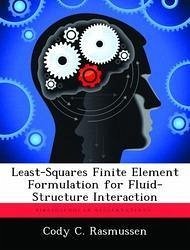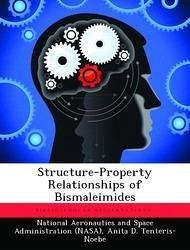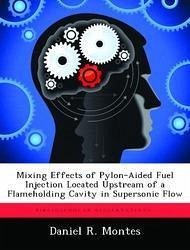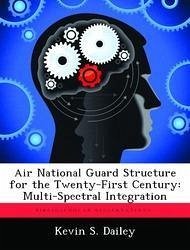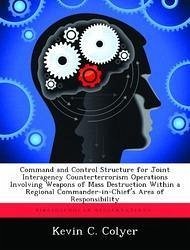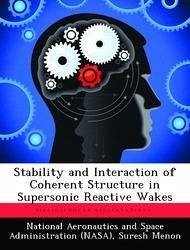
Stability and Interaction of Coherent Structure in Supersonic Reactive Wakes
Versandkostenfrei!
Versandfertig in über 4 Wochen
53,99 €
inkl. MwSt.

PAYBACK Punkte
27 °P sammeln!
A theoretical formulation and analysis is presented for a study of the stability and interaction of coherent structure in reacting free shear layers. The physical problem under investigation is a premixed hydrogen-oxygen reacting shear layer in the wake of a thin flat plate. The coherent structure is modeled as a periodic disturbance and its stability is determined by the application of linearized hydrodynamic stability theory which results in a generalized eigenvalue problem for reactive flows. Detailed stability analysis of the reactive wake for neutral, symmetrical and antisymmetrical distu...
A theoretical formulation and analysis is presented for a study of the stability and interaction of coherent structure in reacting free shear layers. The physical problem under investigation is a premixed hydrogen-oxygen reacting shear layer in the wake of a thin flat plate. The coherent structure is modeled as a periodic disturbance and its stability is determined by the application of linearized hydrodynamic stability theory which results in a generalized eigenvalue problem for reactive flows. Detailed stability analysis of the reactive wake for neutral, symmetrical and antisymmetrical disturbance is presented. Reactive stability criteria is shown to be quite different from classical non-reactive stability. The interaction between the mean flow, coherent structure and fine-scale turbulence is theoretically formulated using the von-Kaman integral technique. Both time-averaging and conditional phase averaging are necessary to separate the three types of motion. The resulting integro-differential equations can then be solved subject to initial conditions with appropriate shape functions. In the laminar flow transition region of interest, the spatial interaction between the mean motion and coherent structure is calculated for both non-reactive and reactive conditions and compared with experimental data wherever available. The fine-scale turbulent motion determined by the application of integral analysis to the fluctuation equations. Since at present this turbulence model is still untested, turbulence is modeled in the interaction problem by a simple algebraic eddy viscosity model. The applicability of the integral turbulence model formulated here is studied parametrically by integrating these equations for the simple case of self-similar mean motion with assumed shape functions. The effect of the motion of the coherent structure is studied and very good agreement is obtained with previous experimental and theoretical works for non-reactive flow.





